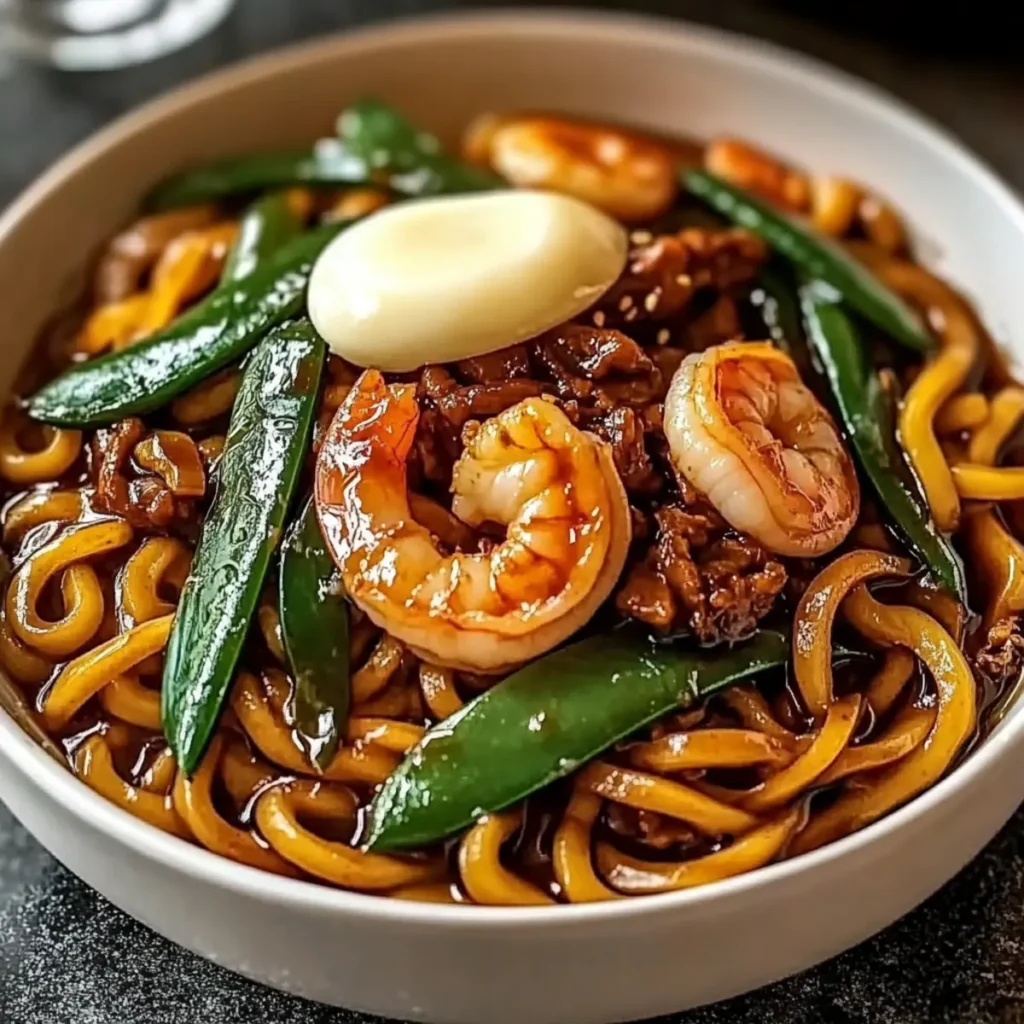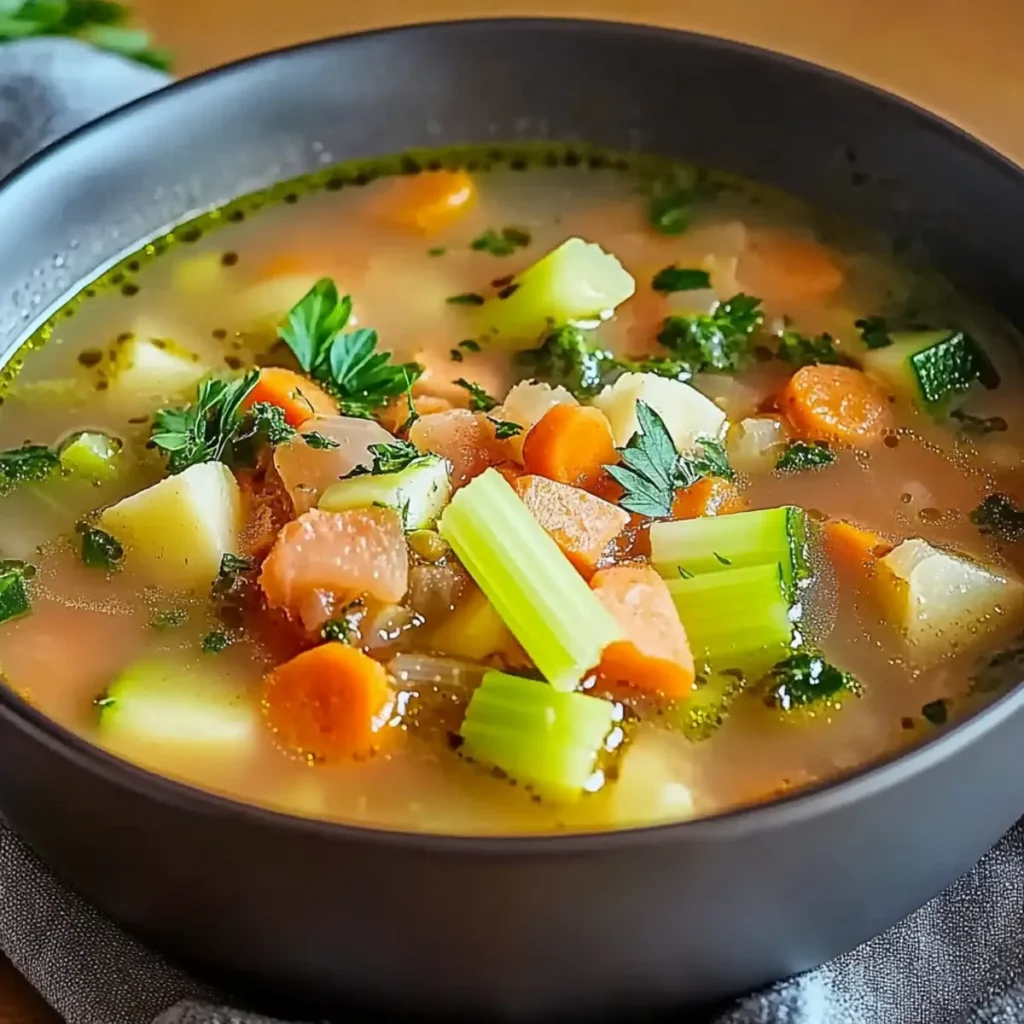Sauerkraut salad is a timeless dish that delivers a perfect balance of tangy, crunchy, and slightly sweet flavors. Whether you’re a fan of fermented foods or just looking for a refreshing side dish, this salad is a must-try. Made with simple ingredients and requiring minimal preparation, it’s a wonderful addition to any meal.
In this guide, we’ll explore the origins of sauerkraut salad, why it’s beneficial for your health, various ways to serve it, and how you can customize it to fit your personal taste. We’ll also address frequently asked questions to ensure you have all the knowledge you need to make the perfect sauerkraut salad.
A Brief History of Sauerkraut Salad
Sauerkraut, which translates to “sour cabbage” in German, has been a staple in European cuisine for centuries. Although it is often associated with German and Eastern European dishes, the process of fermenting cabbage dates back over 2,000 years to ancient China. It was used as a way to preserve food for long journeys, particularly by sailors who needed vitamin C to prevent scurvy.
Over time, sauerkraut made its way to Europe, where it became a beloved ingredient in many regional dishes. Traditionally, it is served warm alongside sausages and meats, but over the years, people began incorporating it into fresh salads for a tangy and refreshing twist.
Old-fashioned sauerkraut salad, often found in family recipe books, has been passed down through generations. Its simplicity, combined with the natural probiotic benefits of fermented cabbage, makes it a unique dish that continues to be enjoyed today.
Why You’ll Love Sauerkraut Salad
If you’ve never had sauerkraut salad before, here’s why it deserves a place on your table:
- Easy to Make – This salad requires just a handful of ingredients and comes together in minutes.
- Packed with Flavor – The natural tang of sauerkraut, combined with fresh vegetables and a touch of sweetness, makes every bite delicious.
- Loaded with Probiotics – Sauerkraut is known for its gut-friendly probiotics, which promote digestion and overall health.
- Versatile – It pairs well with meats, sandwiches, and even grilled foods.
- Great for Meal Prep – The flavors improve over time, making it an excellent dish to prepare in advance.
Zesty Ingredients for a Flavorful Bite
- 32 oz jar of sauerkraut (drained)
- 3 tablespoons good-quality olive oil
- 1 medium onion, finely chopped (white or red)
- 1 medium carrot, peeled and grated
- 1/2 apple, peeled and chopped
- 1 teaspoon granulated sugar
- Salt and pepper, to taste
- Fresh parsley or dill, for garnish
Simple Steps to a Refreshing Dish
- Drain the Sauerkraut – Remove excess liquid to prevent a watery salad.
- Prepare the Ingredients – Finely chop the onion, grate the carrot, and dice the apple.
- Combine Everything – In a large bowl, mix the sauerkraut with the chopped vegetables, sugar, olive oil, salt, and pepper.
- Toss and Chill – Stir well and refrigerate for at least an hour to let the flavors meld.
- Garnish and Serve – Sprinkle fresh parsley or dill before serving. Enjoy cold as a side dish or topping!
Nutritional Perks of This Classic Salad (Per Serving – Approximate Values)
- Calories: ~120
- Protein: ~2g
- Carbohydrates: ~10g
- Fat: ~7g
- Fiber: ~4g
- Sodium: ~500mg
How to Serve Sauerkraut Salad
One of the best things about this salad is its versatility. Here are a few ways you can enjoy it:
1. As a Standalone Side Dish
Serve it chilled as a refreshing side dish to accompany grilled meats, roasted chicken, or seafood. The acidity of the sauerkraut helps cut through rich and fatty foods, making it a great balance to hearty dishes.
2. In a Sandwich or Wrap
Use sauerkraut salad as a topping for sandwiches or wraps to add a crisp, tangy texture. It works exceptionally well in Reuben sandwiches, turkey wraps, and pulled pork sandwiches.
3. With Grilled or Smoked Meats
Pair it with grilled bratwurst, smoked sausage, or barbecue ribs for a contrast of flavors. The fermented crunch of sauerkraut enhances the smoky, savory notes of meats.
4. As a Topping for Salads or Grain Bowls
Add it to a leafy green salad or a grain bowl with quinoa, farro, or brown rice. It brings a burst of flavor and a probiotic boost to any meal.
5. As a Garnish for Tacos
For a unique twist, use sauerkraut salad as a topping for fish tacos or pulled pork tacos. The acidity and crunch create a fantastic contrast to the soft tortillas and savory fillings.
Creative Twists on the Classic Recipe
While the traditional recipe is delicious on its own, you can customize it to fit your taste preferences. Here are a few ideas:
Make It Spicy
If you enjoy heat, add a pinch of crushed red pepper flakes or finely diced jalapeños. A dash of hot sauce can also elevate the salad’s flavor.
Add More Vegetables
For extra color and texture, mix in shredded red cabbage, bell peppers, or radishes. These vegetables enhance the crunch and provide additional nutrients.
Incorporate Nuts or Seeds
To give the salad a nutty twist, sprinkle in toasted sunflower seeds, slivered almonds, or chopped walnuts. These add depth and texture to every bite.
Use a Different Sweetener
Instead of granulated sugar, try using honey, maple syrup, or a small amount of apple cider vinegar for natural sweetness.
Experiment with Fresh Herbs
Dill and parsley are common additions, but you can also try fresh chives, cilantro, or thyme for a unique flavor profile.
Frequently Asked Questions
1. How Long Does Sauerkraut Salad Last?
Sauerkraut salad can be stored in the refrigerator for up to one week in an airtight container. In fact, it often tastes even better after a day or two as the flavors meld together.
2. Can I Make Sauerkraut Salad Ahead of Time?
Yes! This salad is perfect for making in advance. The longer it sits, the more flavorful it becomes. Just be sure to stir it before serving.
3. Is Sauerkraut Salad Good for Digestion?
Absolutely! Since sauerkraut is a fermented food, it contains probiotics that help support gut health, improve digestion, and boost the immune system.
4. Can I Use Fresh Cabbage Instead of Sauerkraut?
While fresh cabbage can be used, it won’t provide the same tangy, fermented flavor that makes this salad unique. However, if you prefer a milder taste, you can mix fresh shredded cabbage with sauerkraut for a balanced texture.
5. Can I Freeze Sauerkraut Salad?
Freezing is not recommended, as it can change the texture of the vegetables and cause the salad to become watery once thawed.
6. What Can I Serve with Sauerkraut Salad?
This salad pairs well with a variety of dishes, including:
- Grilled meats and sausages
- Roasted chicken or turkey
- Barbecue-style meals
- Cold sandwiches and wraps
- Potato dishes such as mashed or roasted potatoes
7. Is Sauerkraut Salad Keto-Friendly?
Yes, it can be keto-friendly, especially if you skip or reduce the amount of sugar in the recipe. Sauerkraut itself is low in carbohydrates, making it a great addition to a low-carb diet.
8. What Type of Sauerkraut Should I Use?
For the best flavor and probiotic benefits, use raw, unpasteurized sauerkraut found in the refrigerated section of grocery stores. Canned or shelf-stable sauerkraut is fine, but it may lack some of the beneficial probiotics due to processing.
Final Thoughts: A Simple and Refreshing Dish for Any Occasion
Old-fashioned sauerkraut salad is a delightful combination of crunchy, tangy, and slightly sweet flavors that make it an excellent addition to any meal. Whether served as a refreshing side dish, a sandwich topping, or a flavorful garnish, this salad offers a unique twist on traditional fermented cabbage.
With its health benefits, ease of preparation, and ability to be customized to suit different tastes, sauerkraut salad is a timeless recipe worth trying. Whether you stick to the classic version or add your own creative spin, this dish is sure to become a staple in your recipe collection.
Now that you have all the details, it’s time to enjoy the zesty, probiotic-rich goodness of sauerkraut salad. Serve it up and savor the flavors of a true kitchen classic!

The Ultimate Guide to Old-Fashioned Sauerkraut Salad
- Total Time: 10 minutes
- Yield: 4-6 servings
Description
This Zesty Sauerkraut Salad is a refreshing, probiotic-rich dish that’s full of tangy, crunchy, and slightly sweet flavors. With simple ingredients and minimal prep time, it’s the perfect side dish to pair with grilled meats, sandwiches, or grain bowls. Packed with gut-friendly probiotics, this salad is as nutritious as it is delicious!
Ingredients
- 32 oz jar of sauerkraut, drained
- 3 tablespoons good-quality olive oil
- 1 medium onion, finely chopped (white or red)
- 1 medium carrot, peeled and grated
- 1/2 apple, peeled and chopped
- 1 teaspoon granulated sugar
- Salt and pepper, to taste
- Fresh parsley or dill, for garnish
Instructions
- Drain the Sauerkraut – Remove excess liquid to prevent the salad from being too watery.
- Prepare the Ingredients – Finely chop the onion, grate the carrot, and dice the apple.
- Combine Everything – In a large bowl, mix sauerkraut with chopped vegetables, sugar, olive oil, salt, and pepper.
- Toss & Chill – Stir well and refrigerate for at least an hour to let the flavors meld.
- Garnish & Serve – Sprinkle fresh parsley or dill before serving. Enjoy chilled as a side dish or topping!
Notes
- For Extra Crunch: Add shredded red cabbage, bell peppers, or radishes.
- Make It Spicy: Mix in a pinch of red pepper flakes or finely diced jalapeños.
- Swap the Sweetener: Use honey, maple syrup, or apple cider vinegar instead of sugar.
- Serving Ideas: Pairs well with grilled meats, Reuben sandwiches, fish tacos, or grain bowls.
- Meal Prep Friendly: Flavors improve over time—store in the fridge for up to a week!
- Prep Time: 10 minutes
- Cook Time: 0 minutes
- Category: Side Dish
- Method: No-Cook
- Cuisine: European






